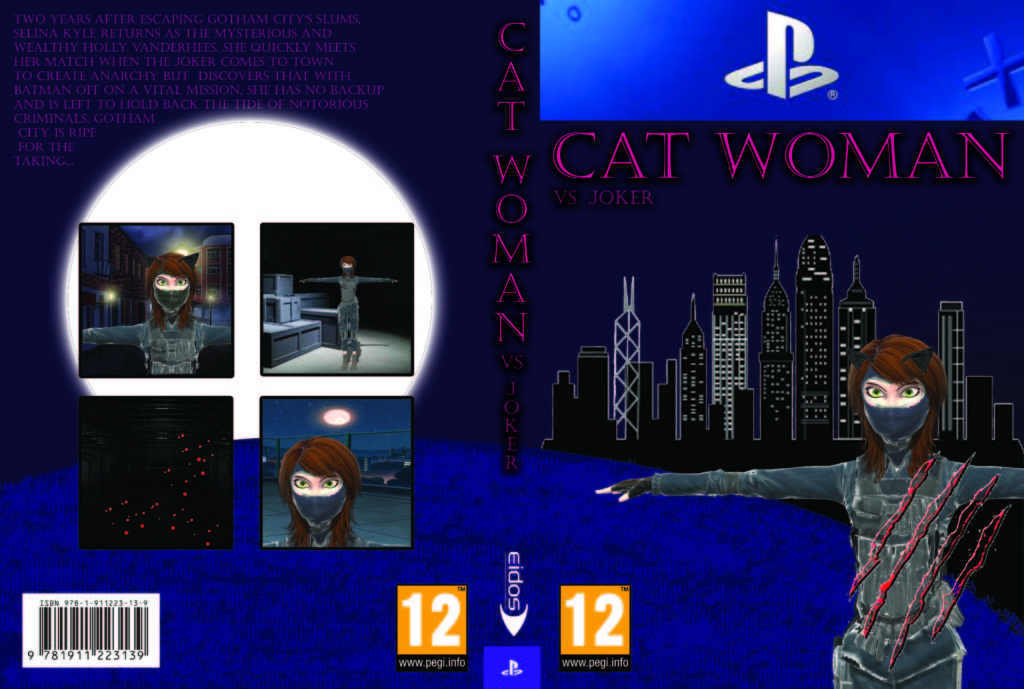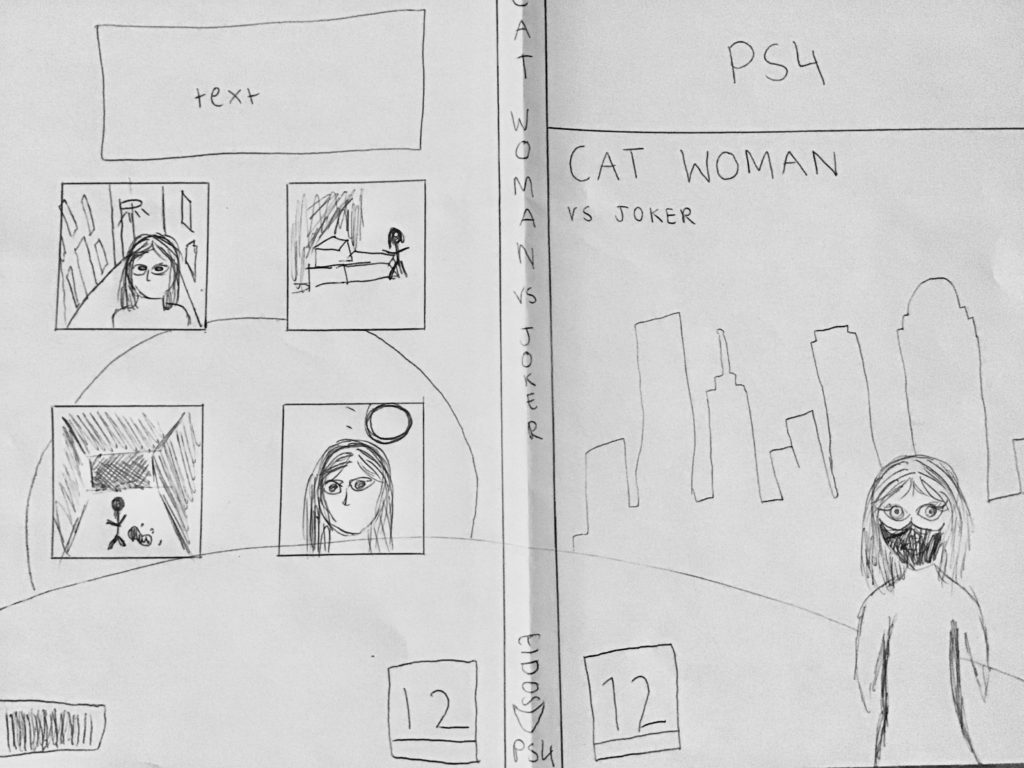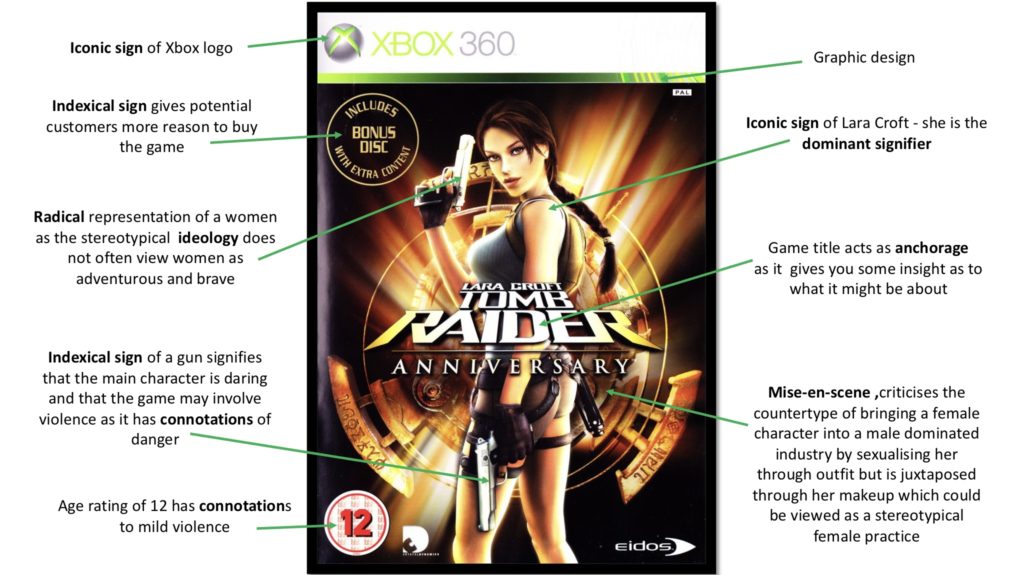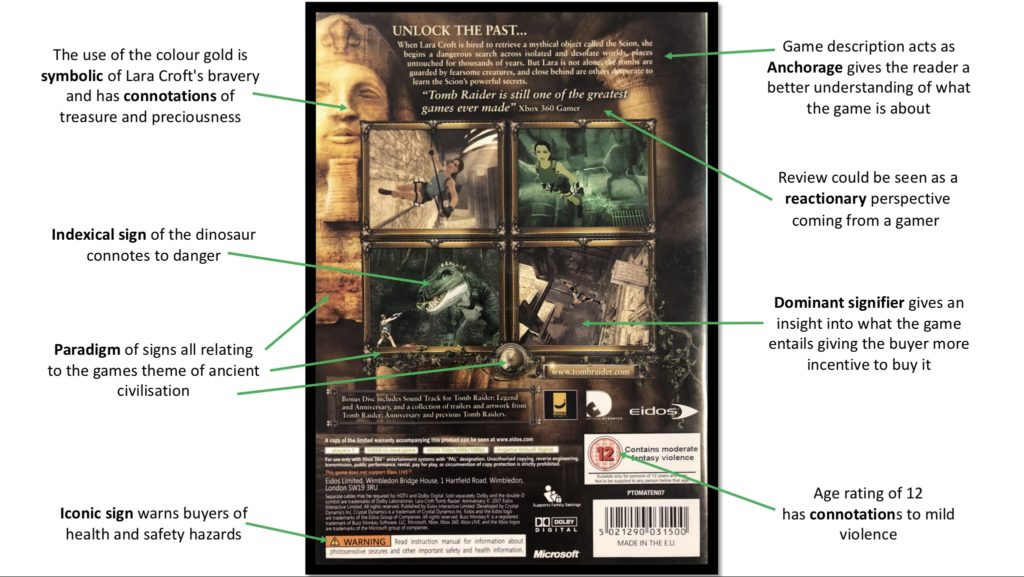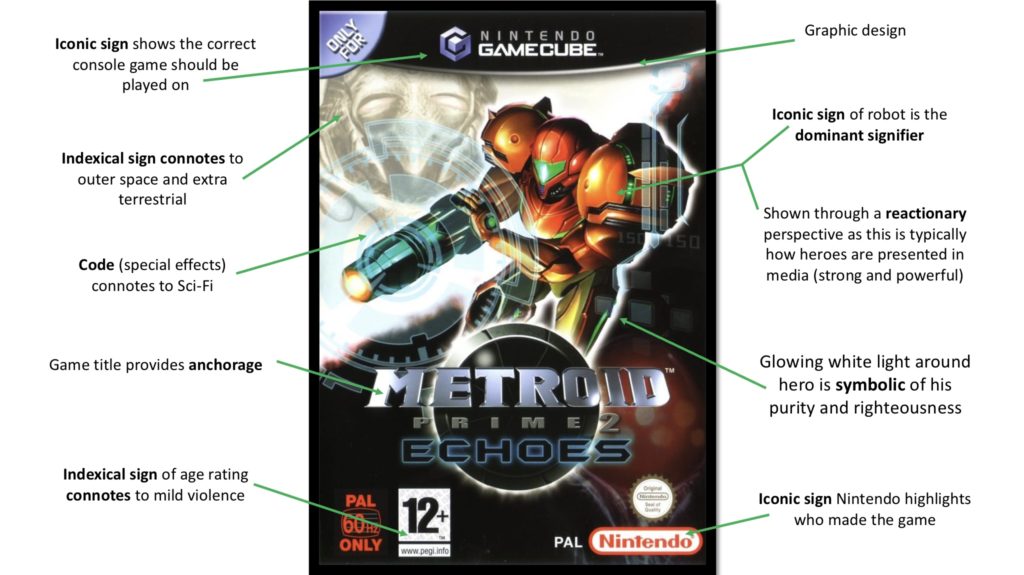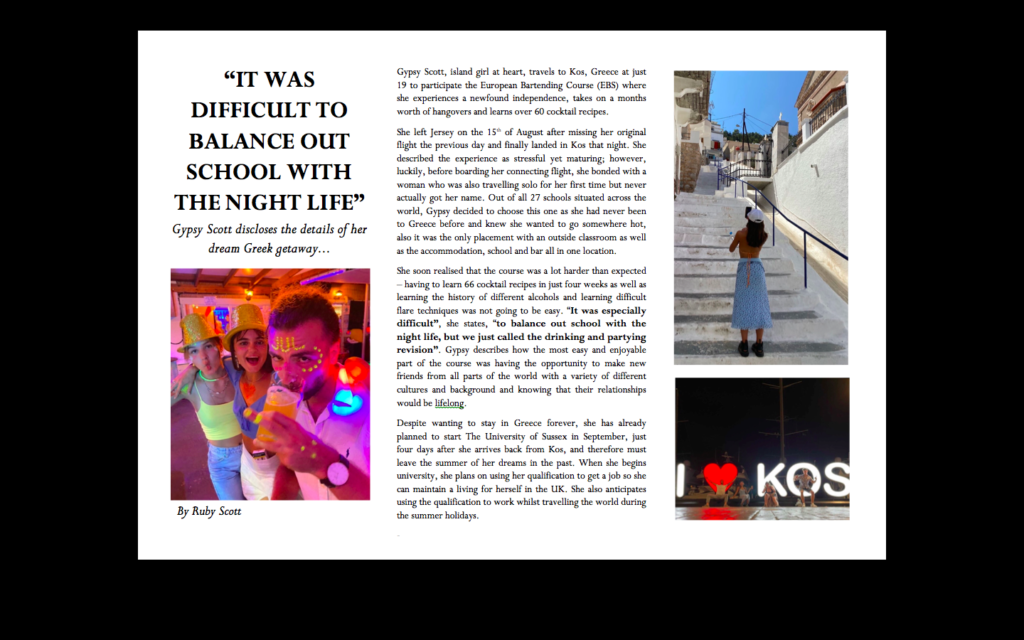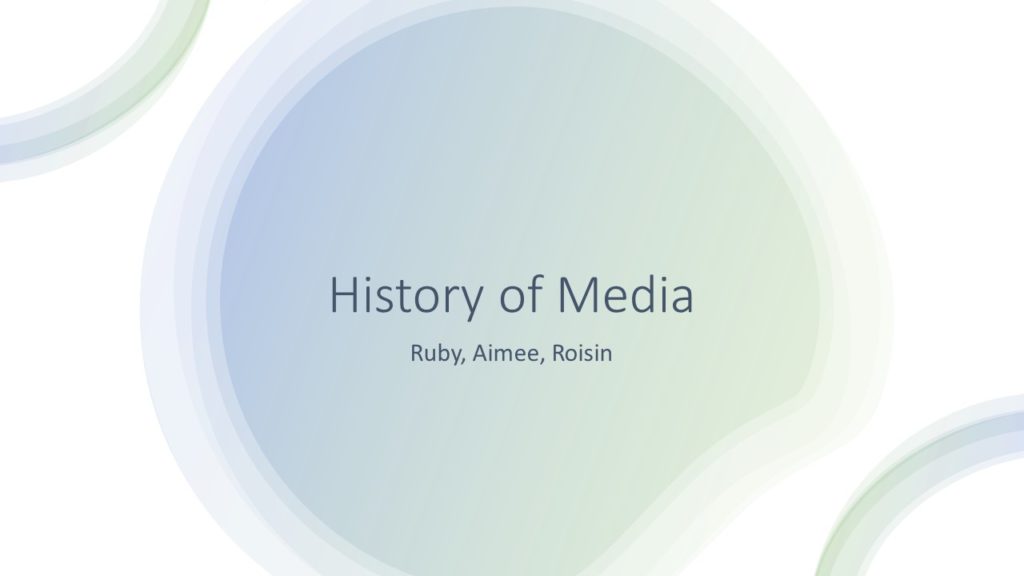My video game cover is inspired by the movie Cat Woman and is mainly targeted at teenage girls, 12+ due to mild violence, who are interested in video games and the DC comics and films. In the game, the Joker comes to Gotham City to cause chaos and with Batman out on a vital mission, Selina Kyle must fight his wrath solo. In one version she will be represented in a reactionary manner as she will be dressed in smaller, more sexual clothing – typical of the videogame industry – as if she is being portrayed through the eyes of the straight male. Whereas, in the second version, Selena will be presented in a more radical form due to dressing in a more modest and practical way.
I created a dominant signifying image of Selina Kyle and have represented her as feminine. This corresponds to Toril Moi’s analysis of the distinction between female, feminine, feminist categories of representation (1987). This can be identified in the posture that I created for my protagonist , as she is perfectly aligned and upright.
Further to this I have exaggerated the feminine attributes of my character with bouncy styled hair, eye makeup and big cat-like eyes. However, I also included clothing , practical and athletic, that is not particularly feminine but that is sensible in terms of her active role in the game. In some ways this juxtaposes Laura Mulvey’s theory of the male gaze in that my main character is not designed in such a way that she appears sexualised or provocative – in the words of Mulvey, she is a not a character whose “appearance [is] coded for [a] strong visual and erotic impact” (“Visual and Other Pleasures”, 1989). However, the notion of the male gaze is quite distinct as it relates to the sexualisation of the dominant signifier, which is not the case for my character.
Whilst in everyday society my representation of Selina Kyle would be viewed as reactionary, due to the increasing independence and empowerment of women, in terms of the video games industry however, she is essentially represented in a radical manner. This is because typically, if there is a women represented in a combat game at all, videogame designers more than often sexualise a female character in order to attract their common white male target audience in order to gain profit. Whereas in my representation, due to strategic angling and clothing choices, the audience mainly focus on just the protagonist’s face, which is mostly covered by a mask anyway, rather than the ‘normal’ image of enlarged breast and a provocative stance. Additionally, the plot line of my game also contrasts the stereotypical representation of women in the video game industry as my character is not relying on a male character to come to her rescue. Whereas customarily, according to Anita Sarkeesian from Feminist Frequency women are often presented as the ‘damsel in distress’ and ‘must be saved by a male character’ as ‘motivation for the protagonists quest’ which is not the case for my videogame.
I think this is a positive representation of femininity as I personally believe that all women should aspire to be strong-minded, independent individuals similar to the way in which I have portrayed my character. However, if I was to create this product again, I would use the opportunity to represent a more diverse character in terms on ethnicity due to the extreme lack of representation of people of colour in the video game industry. According to Nadine Dornieden from PBS, a 2015 study showed that ‘83% of non-Hispanic Black teenagers play video games, compared to 71% of Caucasian teenagers’ (Levelling Up Representation: Depictions of People of Colour in Video Games (2020)) which seems completely ludicrous compared to how little representation they have in the games they are playing. I could do this by changing the colour of my characters skin and hopefully send out a much more positive message about racial injustice – a portrayal that uses a positive countertype to present a radical and challenging representation, contradictory to the typical white protagonist, which could help gamers to adopt a new ways of thinking about different ethnic representations, with more positive role models for young people to aspire to. As Keith Stuart notes ‘the power of video games [is] a reflective, empowering and emotional influence on the lives of players’. (Why diversity matters in the modern video games industry, Guardian, 18 July 2017).

